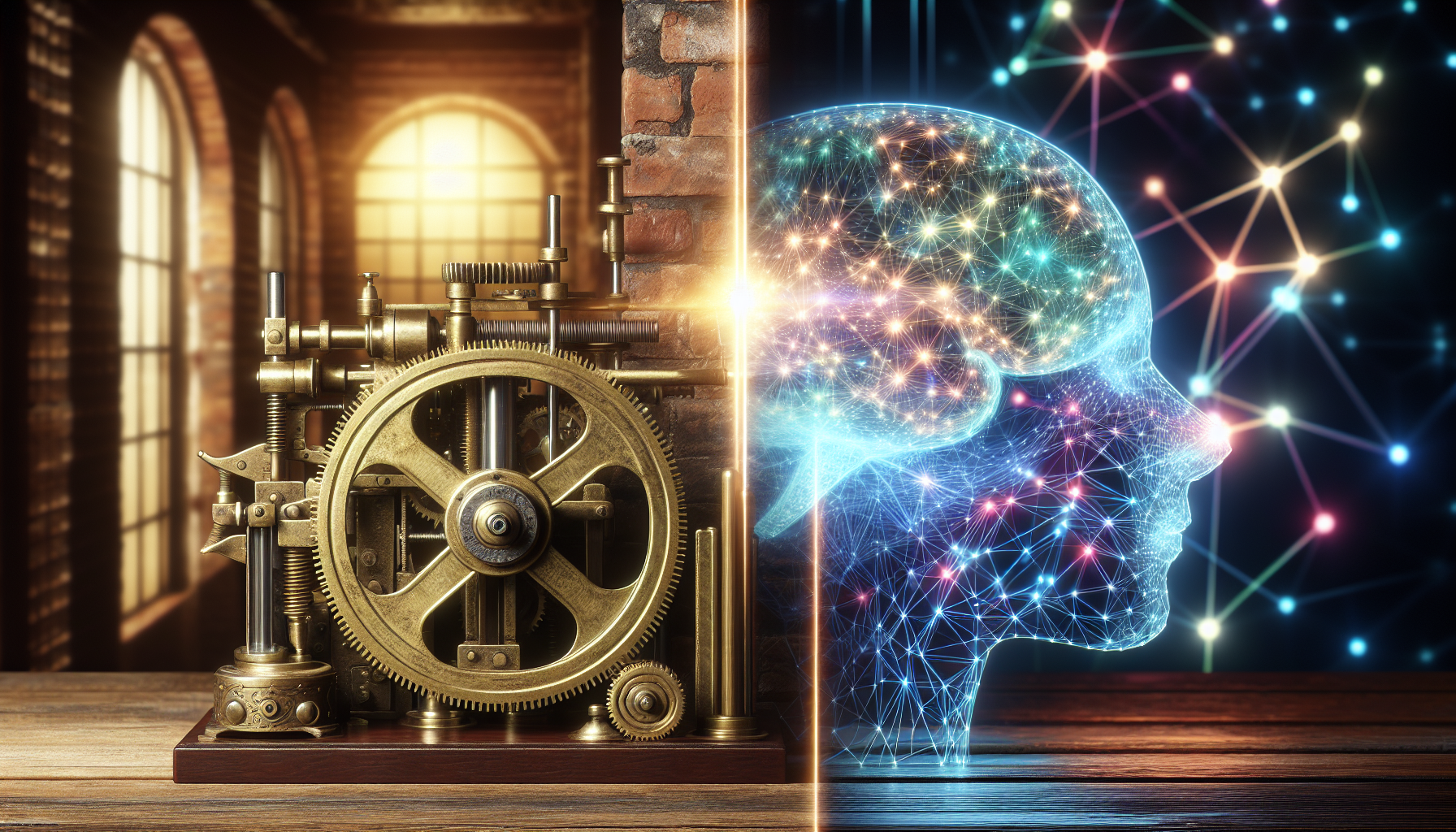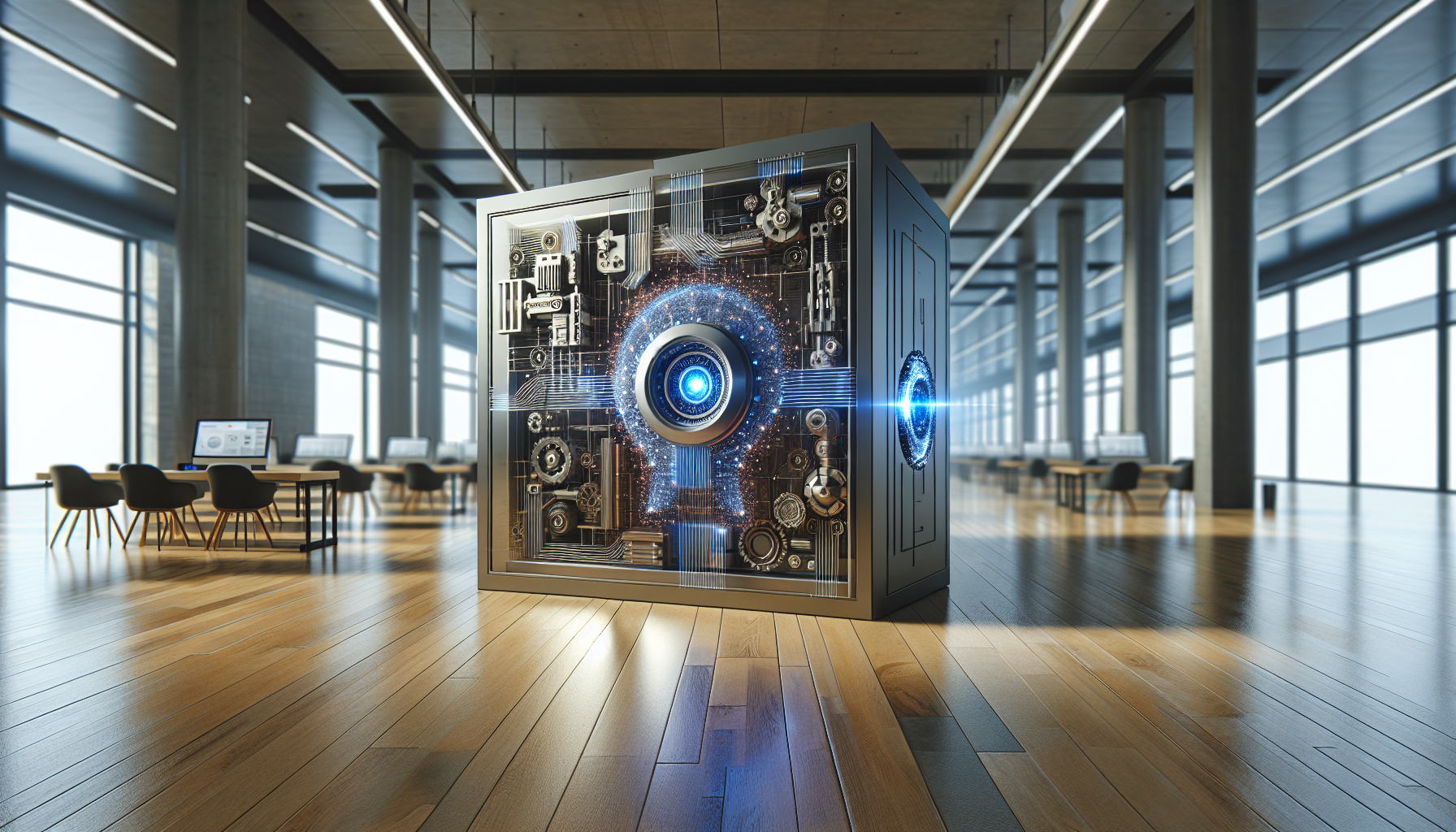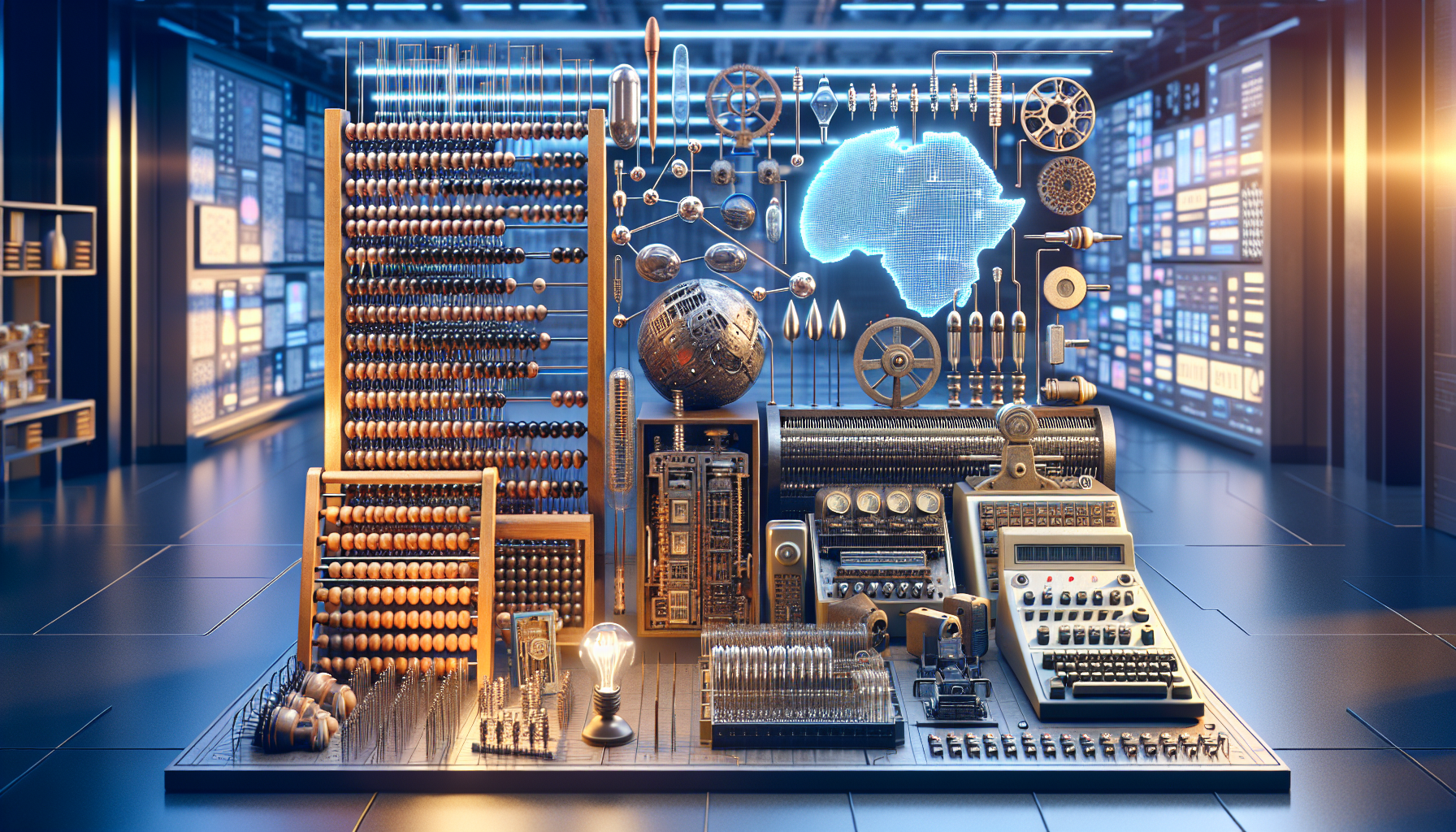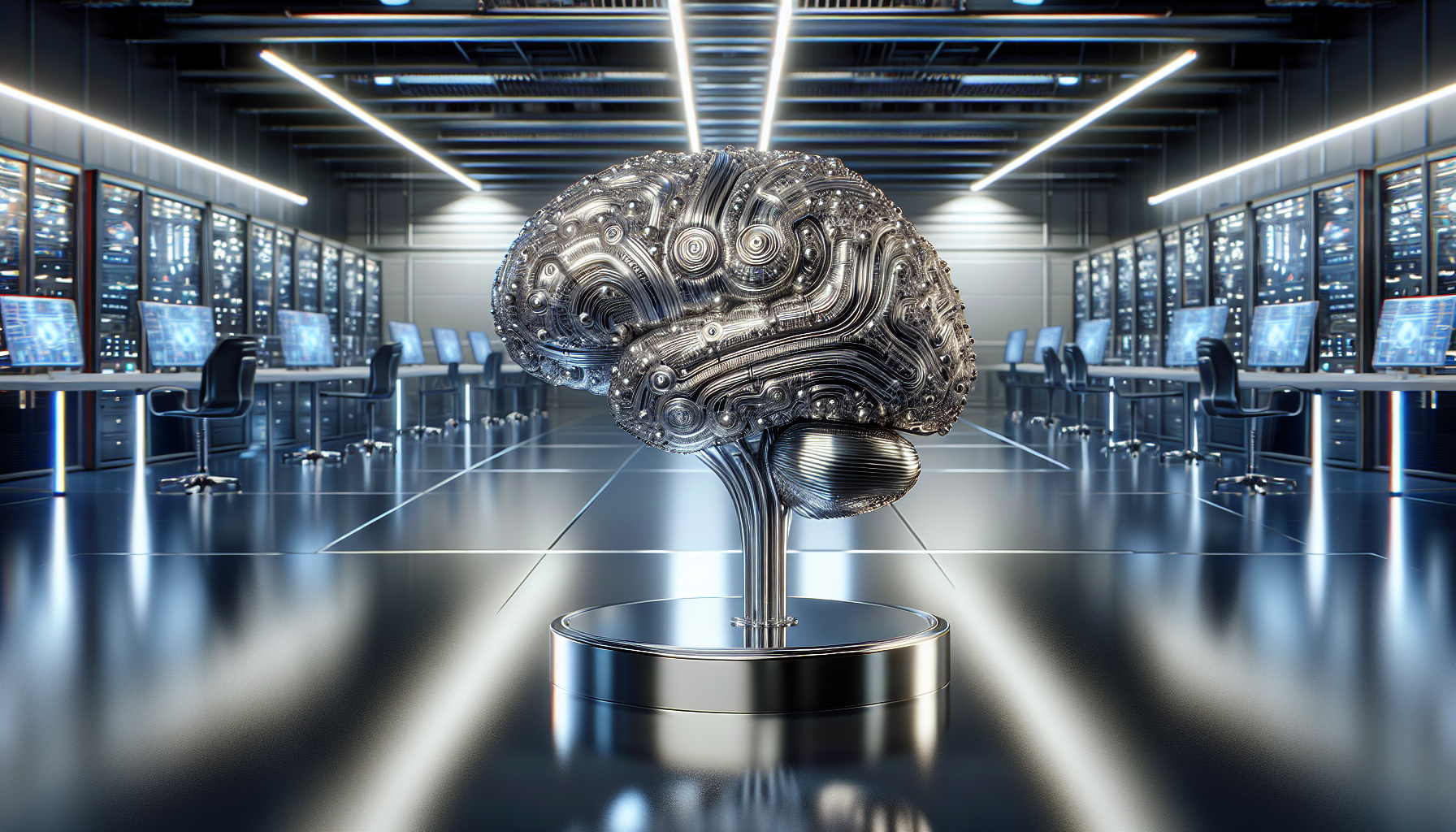
AI and Human-Computer Interaction: Bridging the Gap Through History's Lens
October 28, 2025
Imagine a world where machines understand our thoughts, anticipate our desires, and respond to our emotions. This vision, once the realm of science fiction, is steadily becoming a reality through the evolving field of Artificial Intelligence (AI) and its profound impact on Human-Computer Interaction (HCI). The journey to this harmonious convergence has been an odyssey of innovation, creativity, and the relentless pursuit of understanding.
When early pioneers of computing embarked on their groundbreaking ventures, the chasm between human cognition and machine logic was vast. Computers were once seen as enigmatic monoliths, understood and operated only by those with specialized knowledge. The dream of creating machines that could interact with humans on an intuitive, human-like level seemed distant. Yet, this very challenge sparked a revolution in thinking, bringing forth a tapestry of ideas that continue to weave the fabric of our digital world.
One of the earliest inklings of bridging this gap can be traced back to the development of user-friendly interfaces. These were not just technological advancements but philosophical shifts. The inception of graphical user interfaces marked a paradigm change, emphasizing usability and accessibility. It was a bold declaration that technology should adapt to humans, not the other way around. This innovation laid the groundwork for the immersive and intuitive interactions we experience today.
As AI began to mature, it introduced the world to the concept of natural language processing. No longer did commands have to be coded in esoteric languages. Instead, machines started to comprehend and respond to human language, a significant leap toward making technology truly inclusive. This evolution was not just a technical feat but a cultural one. Language, the most human of traits, became a bridge, allowing machines to understand us in our own words.
The story of AI and HCI also includes the rise of adaptive and personalized experiences. Imagine a world where your digital environment resonates with your unique preferences and habits. This vision became possible as AI learned to sift through vast amounts of data, discerning patterns, and drawing insights. Whether it's a streaming service suggesting your next favorite show or a digital assistant scheduling your day, these systems are not just tools but companions, enhancing our lives in subtle and meaningful ways.
Yet, amid these advancements, a lesser-known narrative deserves attention—the role of empathy in technology. As AI systems grow more sophisticated, researchers and developers are exploring ways to imbue them with emotional intelligence. The ability to recognize and respond to human emotions is not just an extension of functionality but a profound step towards creating technology that genuinely understands and supports us. This endeavor challenges us to rethink the ethical and philosophical dimensions of our creations, urging us to consider the kind of future we want to build.
The journey of AI and HCI is illuminated by countless stories of collaboration and creativity. From interdisciplinary teams blending cognitive science, design, and engineering to the open-source communities sharing innovations across the globe, this field exemplifies the power of collective effort. These collaborations are not just about advancing technology—they are about crafting experiences that resonate with the human soul.
As we stand on the cusp of even greater advancements, the question remains: How will we ensure that AI continues to serve humanity? The answer lies not just in technological prowess but in our commitment to empathy, ethics, and inclusivity. AI has the potential to level the playing field, providing opportunities and access where previously there were barriers. It can empower individuals, amplify creativity, and enhance our understanding of the world and each other.
The story of AI and HCI is a testament to human ingenuity and the relentless pursuit of progress. It invites us to dream boldly, to imagine not just what technology can do, but what it should do. As we look ahead, we are reminded that every line of code, every interaction, and every innovation is a step toward a more connected and compassionate world. The question now is not just how we can bridge the gap between humans and machines, but how this bridge can elevate the human experience.


